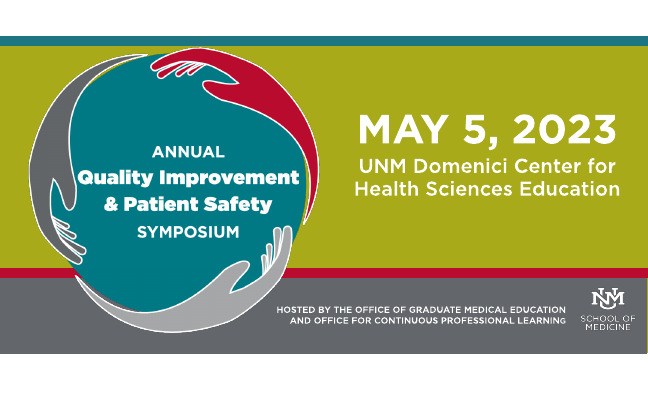Document Type
Poster
Publication Date
Spring 5-21-2021
Abstract
Background/Introduction:
Inadequate coordination of care and poor transition of care quality are known contributors to hospital readmission. Patient readmission is a known risk factor for poor patient outcomes. Department of Internal Medicine (DOIM) readmission rate was 13.18% during fiscal year (FY) 2020, and is 13.58% to date during FY21. The objective of this study is to identify system-based drivers of readmission, understand why the readmission rate has increased from FY20 to FY21, and design interventions to address identified gaps.
Methods:
Developed a survey using RedCap. Retrospective chart review of 104 randomly selected patients discharged from UNMH during fiscal year 2020 with subsequent readmission within 30 days. 54 patients were admitted to DOIM, 50 to Family and Community Medicine. Data collected included patient demographics, medical comorbidities, index hospitalization and readmission information, disposition, discharge instruction and discharge summary content, primary care and specialty follow up including patient adherence, goals of care discussions and palliative care consultation information, and medication reconciliation details.
Results or Expected Outcome:
Sample average age is 59.8 years. Sample was 44% female, 64% White, and 86% English speaking. 62.1% were discharged to home from index hospitalization, 13.7% to skilled nursing facility, 9.1% to inpatient rehabilitation facility, and 15.1% to other. 71.2% had a readmission risk assessment at time of index hospitalization admission. Of those, 47% of screens were completed by chart review only. 72% were deemed high risk. 34% were reached via discharge phone call following disposition. 23% of patients were discharged to a level of care (LOC) inconsistent with physical therapy and occupation therapy recommendations. For patients discharged to home, 51% of discharge instructions did not include a primary care appointment. 5 discharge instructions were not written in the patient primary language. 8% of index and readmission hospitalizations included a palliative care consult. A medication reconciliation was completed in 37.9% of index hospitalization.
Conclusion or Discussion:
This study identified several opportunities to improve the discharge process, including deficits in readmission risk evaluation, discharges to inappropriate LOC, and incomplete primary care follow up information within discharge instructions, among others. These findings reflect chronic quality of care gaps at UNMH, and future efforts to address them are expected to decrease readmission rates.
Recommended Citation
Meyer-Hagen, Jewel MS3; Justine Yang MS3; Christopher Bartlett MD; Avanika Mahajan MS3; Susie Pham MS3; Ishan Shah DO; Harsh Sharma MD; Jessie Rogers MD; Brianna Muller MD; Julia Howard DO; Radha Denmark NP; Gabriel Palley MD; and Anthony Worsham MD. "Identifying Causes of Readmission at UNM Hospital." (2021). https://digitalrepository.unm.edu/hsc_qips/54


Comments
Presented at the University of New Mexico GME/CPL 2021 Annual Quality Improvement and Patient Safety Symposium.